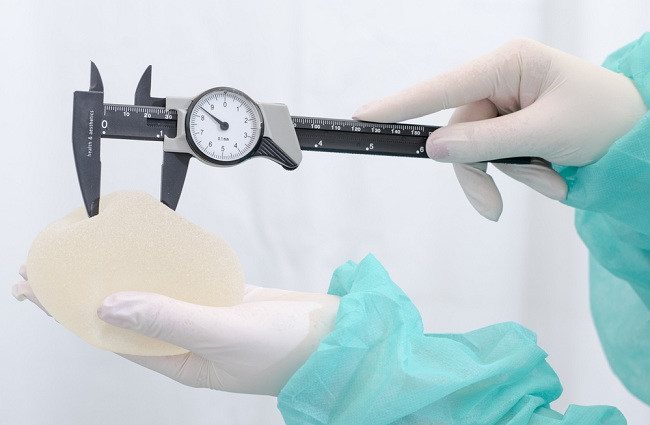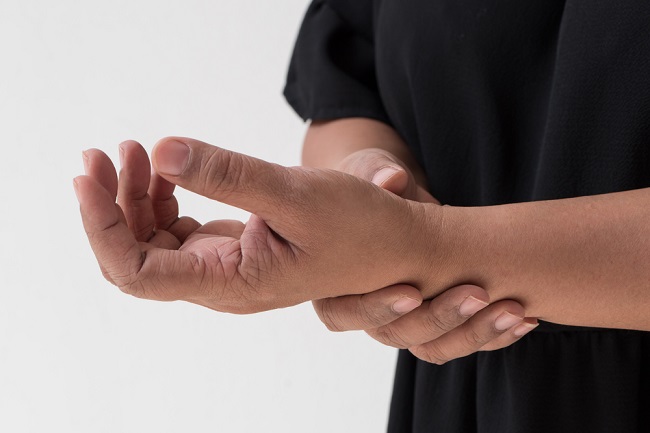The bad effects of drugs need not be doubted. However, cases of drug abuse in adolescents are increasing every year. This is very unfortunate because drugs not only interfere with academic achievement, but are also harmful to health.
The rate of drug abuse among Indonesian youth continues to increase. According to research conducted by the National Narcotics Agency (BNN) in 2018, there were at least 2.2 million teenagers from 13 provinces in Indonesia who used drugs.

There are many specific factors that can influence a teenager's likelihood of drug abuse or addiction. What are those factors?
Triggers Teens Using Drugs
The following are various factors that can make children and adolescents more at risk of falling and becoming drug addicts:
1. Environmental factors
Environmental factors from peers is the highest risk factor for drug abuse in adolescents. "Following friends" or "to be accepted in the community" can trigger teens to start trying drugs and become addicted.
In addition to friends, family members can also be environmental factors that make teenagers addicted to drugs, especially if home conditions are not conducive, for example because they cannot face toxic parents or less attention from parents and siblings.
2. Psychological factors
Adolescents who experience severe stress, behavioral disorders, or psychological problems, such as depression and anxiety disorders, are more at risk of developing drug addiction. For them, taking drugs can be a way or even a solution to overcome the various problems they are experiencing.
3. Genetic factors
Heredity is also a risk factor for drug abuse in adolescents. A teenager is at greater risk of becoming a drug addict if he has a parent or sibling who is also addicted to drugs or alcohol.
4. Curiosity
Curiosity can also make teenagers curious to try drugs and eventually become addicts. Research shows that trying drugs at a young age increases the risk of becoming an addict later in life.
It is important to understand these various risk factors, so that efforts can be made to prevent drug abuse in adolescents.
Signs of Teenagers Becoming Drug Addicts
Adolescents who use drugs may show some of the following physical and psychological signs and symptoms:
Physical sign
The following are some of the physical signs and symptoms that can be recognized from a drug addict:
- Red eyes and narrowed or enlarged pupils Changes in eating or sleeping patterns
- Drastic weight loss or gain in a short time
- Often tired or even very energetic and can't stay still
- Difficult or unable to sleep
- Changes in physical appearance or indifference to appearance
- Frequent nosebleeds
- Cough that doesn't go away
- Having seizures without a history of epilepsy
Behavioral and psychological signs
In addition to physical symptoms, adolescents or adults who use drugs may also show some psychological signs and symptoms or behavioral changes, such as:
- It's more closed and looks like it's a secret
- Sudden mood swings
- Diminished interest in previously liked things
- Difficult to concentrate
- Lacking motivation and looking lethargic
- Anxious, paranoid, and withdrawn from social circles
- Often skipping school and declining academic achievement
Not only the psychological symptoms above, a teenager who is addicted to drugs also often behaves badly, such as stealing or selling goods just to buy drugs, often getting into fights with friends, or often having conflicts with family and teachers.
Specific Symptoms of the Type of Drug Consumed
In addition to physical and psychological symptoms, more specific symptoms can also appear depending on the type of drug consumed. The following are specific signs and symptoms of drug effects based on the type of drug used:
Stimulant drugs
Some examples of drugs that belong to the class of stimulants include cocaine, ecstasy, and amphetamines. This type of drug can cause an increase in heart rate and blood pressure, difficulty sleeping, can't stay still, often hungry, and easy to forget.
Depressant class drugs
Drugs that are classified as depressant drugs, such as tranquilizers, heroin, and marijuana, will make users feel more relaxed, sleepy, breath slow, blood pressure drops, heart rate weakens, and the thought process takes longer.
Hallucinogenic drugs
Hallucinogenic drugs are also sometimes referred to as psychedelic drugs. Examples of drugs that are included in the class of hallucinogenic drugs are: magic mushrooms, LSD, ketamine, ecstasy, and marijuana.
This type of drug can cause hallucinations, mood swings, nausea, dizziness, and vomiting.
How to Overcome Drug Addiction in Teens
As a parent, it is important for you to equip your child with knowledge about the dangers of drugs. With clear and accurate information, children and youth will understand and understand the dangers of drugs.
When explaining the dangers of drugs to teenagers, avoid using sentences that tend to scare. Instead, provide clear information about the effects and consequences of drug use.
If the child has already or is proven to be using drugs, continue to deal with it wisely and openly. As a parent, you may be very disappointed and easily provoked by emotions. However, try to speak calmly so that your child feels caring, empathetic, and affectionate.
By listening and giving children space to talk, they can be more honest about what is going on and why they are using drugs.
If your child is a victim of drug abuse in teenagers, you can take him to a psychiatrist for consultation and psychological examination.
After conducting an examination, the psychiatrist may advise your child to undergo psychotherapy sessions, drug rehabilitation, and provide medication to treat your child's condition who is addicted to drugs.









